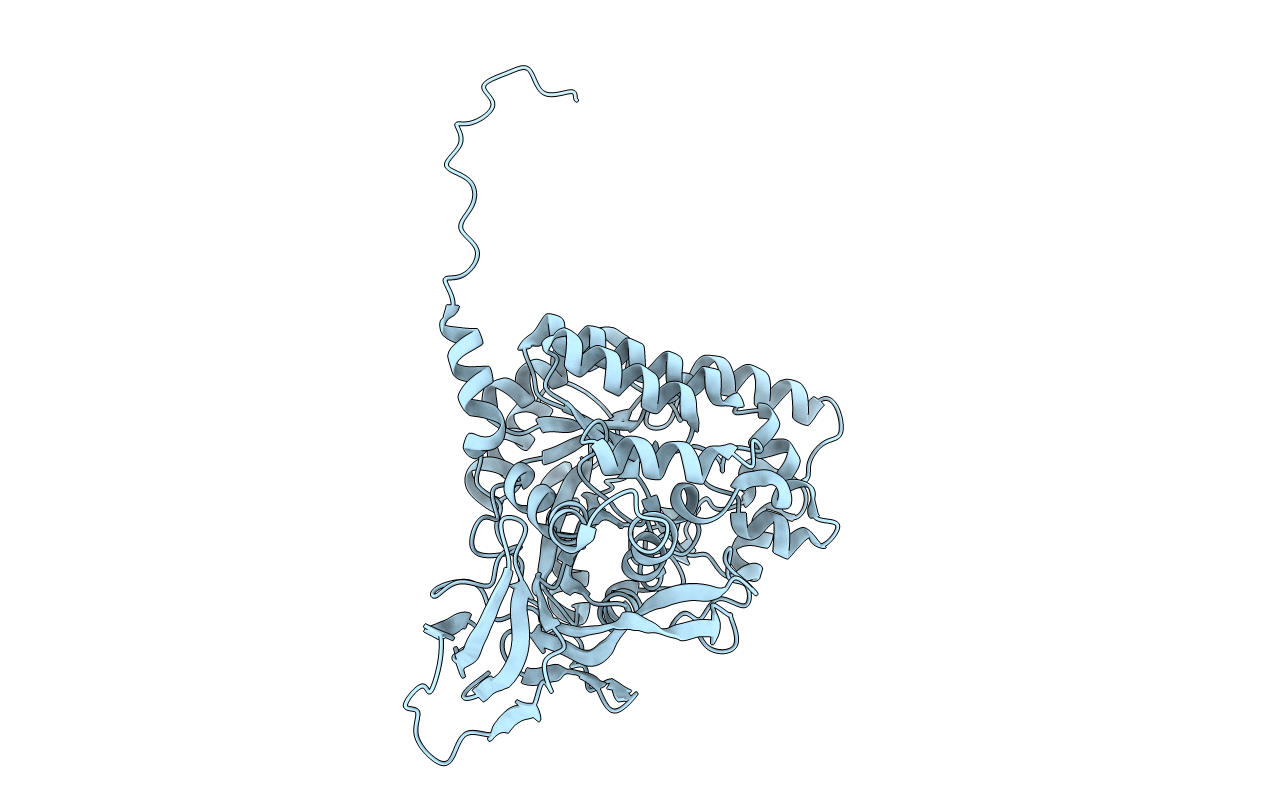
Deposition Date
2017-12-13
Release Date
2018-03-21
Last Version Date
2024-03-27
Entry Detail
PDB ID:
5YZA
Keywords:
Title:
Crystal Structure of Human CRMP-2 with S522D mutation
Biological Source:
Source Organism:
Homo sapiens (Taxon ID: 9606)
Host Organism:
Method Details:
Experimental Method:
Resolution:
2.30 Å
R-Value Free:
0.24
R-Value Work:
0.18
R-Value Observed:
0.19
Space Group:
I 41 2 2


